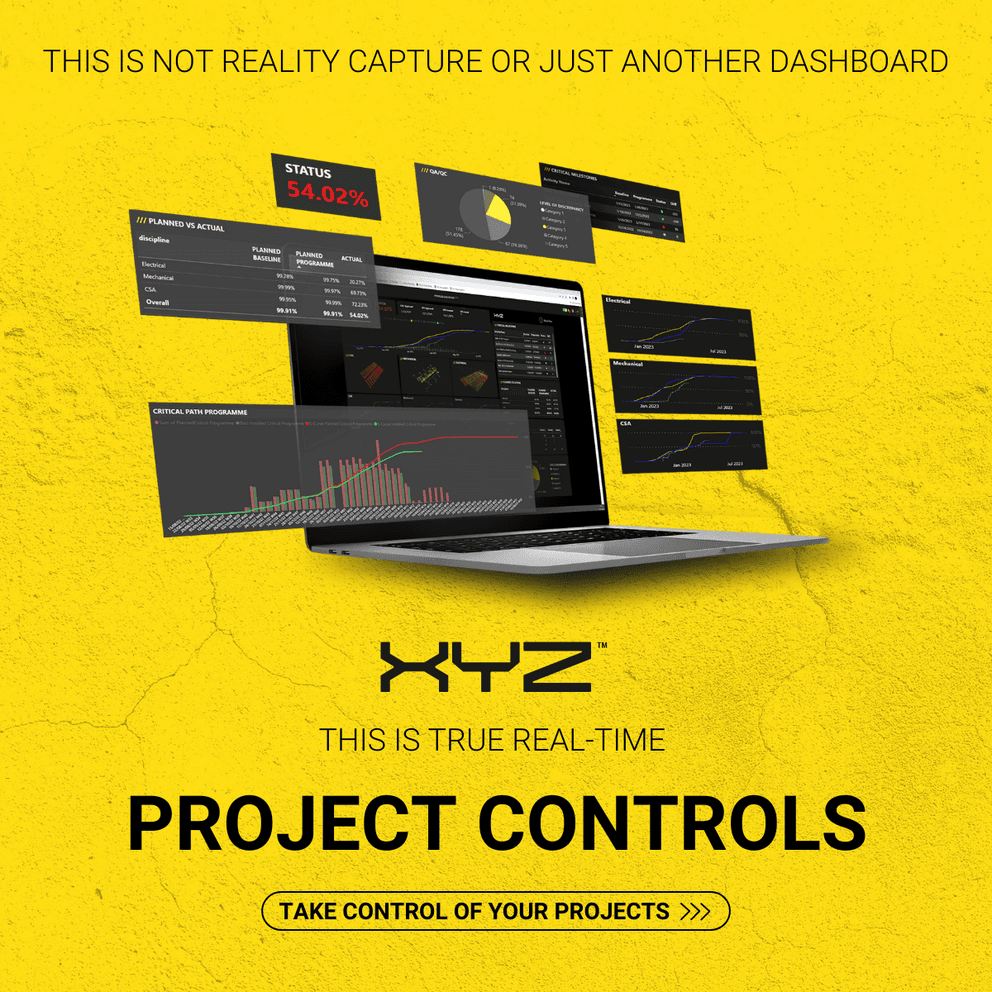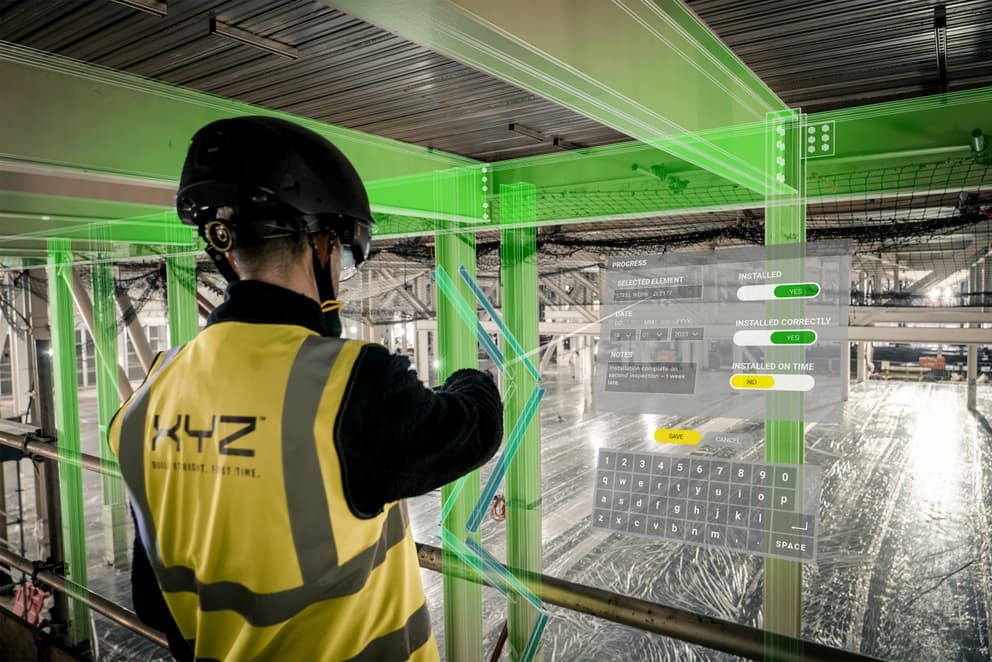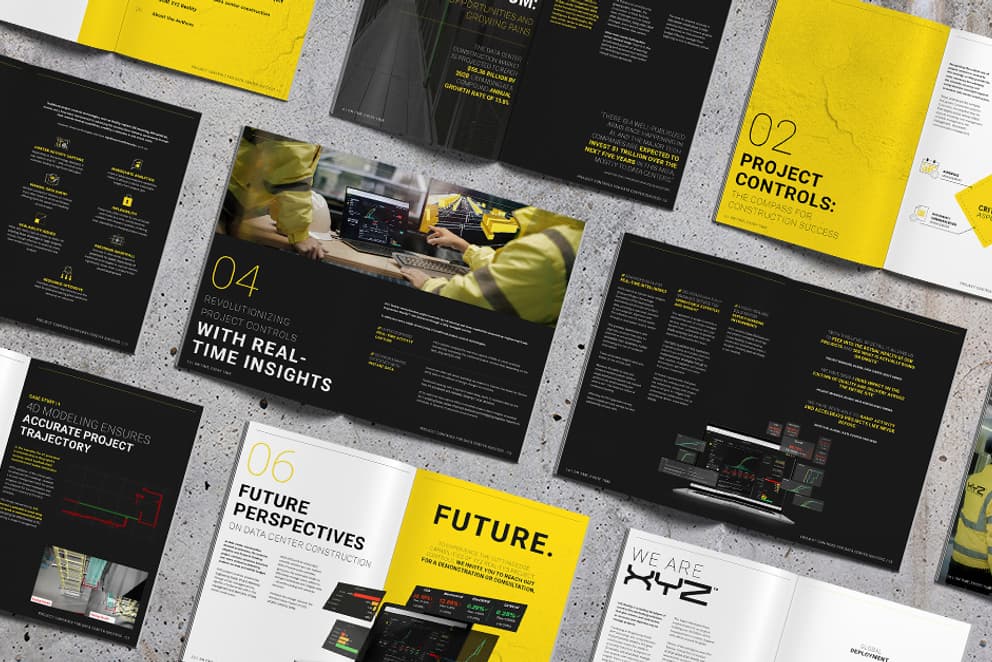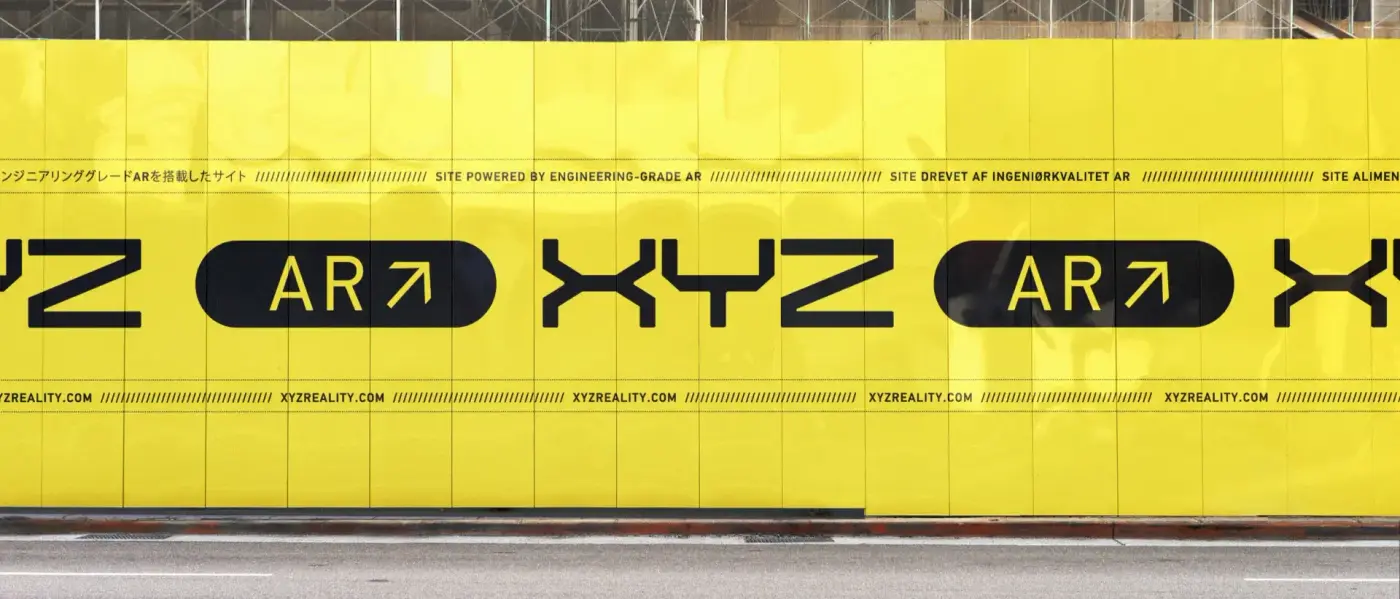-
Services
Services
Find out how we work with our clients and deliver value to construction projects from day one
-
Solutions
Solutions
Discover how all our solutions sync together to deliver constructions most powerful BIM platform to date
-
Industry
Industry
Understand how we support constructions biggest sectors, and hear from our clients who have experienced the power of XYZ
-
Resources
Resources
Get stuck into all our latest thought leadership, news, reports and industry leading content
-
Company
Company
Dive into what makes XYZ tick, unearth why construction is in our DNA and why we are world leaders in AR solutions

Insights
The contractor’s view: How AR is transforming construction

15 February 2023
Andrew Nicoll, Operations Director – Design at Mace Group, shares his insights on the impact of Engineering Grade AR in construction.
Since I started out in construction in the 90s, things have come a long way. In that time, I’ve witnessed first-hand a technological revolution occurring throughout the industry. From theodolites we progressed to electronic total stations and GPS surveying, meanwhile the drawing board moved from mainly CAD-based to BIM.
In fact, today we’re using tools that were mere fiction during my childhood.
Much is said about the dawn of BIM as a turning point for the industry. And to an extent, I fully agree with that sentiment. It has transformed methods, processes, communication and project coordination fundamentally. But BIM didn’t do this alone. It is in the application of technologies and ways that we leverage BIM, the ways in which it can be shared, bringing collaboration through the processes to make the biggest impact. In this sense, I see BIM as the enabler, the springboard to real change within our industry.
One example of this is Engineering-Grade augmented reality (AR). This is a technology that couldn’t exist without BIM and one that represents a noticeable paradigm shift for construction.
I had used AR in previous roles before joining Mace and could see its potential. The problem was that nobody was able to imbue the tech with sufficient accuracy to make it anything more than a helpful visual aid. Beyond that, it didn’t really add any value, as the accuracy was not good enough to enable us to get valuable real-time data from the field. However, when we saw that XYZ Reality were able to bring the BIM model onsite with millimeter precision, we knew that AR was finally ready to start overcoming some of those major challenges that every project faces. AR was now reliable enough to give us real-time field data, and enhancing the model or the as-built, and therefore enhancing quality as a result.
Charting a straight line between design and delivery
In our world, every project is bespoke as are the needs of our clients, so naturally issues are going to arise that cannot be foreseen, needs and technologies change, and change is ‘normal’. This creates a need for a certain degree of adaptability and reactiveness in how we as a GC work with our clients and project partners. That said, if we are to make the construction process as lean as possible, we need tools that help eradicate those uncertainties and deliver better processes and solutions.
The key to excellent delivery is all about delivering on promises; understanding the client’s needs, interpreting those to create the most effective schedule possible, and then following that schedule in the most direct way. We have to chart a straight line between design and delivery, and we must be ready to invest in technology that helps to prevent deviation from that line – because it is when deviation occurs that we start introducing risks and delays.
Engineering-Grade AR ticks all the boxes because it lets us validate or remedy issues at the point of installation which represents a far more proactive approach to quality management. It means we can check prefabricated items before they are delivered or even connected, or make sure that long-span installations are staying within tolerance, thereby negating the need for excavations, rework and laser scanning. The use of this technology is not just in enclosed spaces – but through ALL phases of the delivery.
Looking ahead: where else can AR take the industry?
There are lots of other drivers for AR and lots more ways we can see it adding value, such as improving onsite culture, safety and driving sustainability.
In terms of culture, the Atom has helped us embed a commitment to quality across entire project teams. And though subcontractors often have their doubts about new methods – especially ones relating to verification – they quickly come to see Engineering-Grade AR as a tool that helps them work more accurately and one that can highlight the fantastic work they do. In this sense, AR is a mechanism for positive reinforcement and collaboration, rather than a way of catching people out.
From a sustainability perspective, AR reduces material waste and, because of its capacity to facilitate remote inspections, cuts down air miles. With regards to safety, the tech brings on-site efficiencies, which naturally reduce time spent on high-risk activities such as working from height, and it may also help to unlock safer working practices which have been considered and designed into the BIM model.
At MACE, we are trying to establish the right metrics to quantify all these benefits so that we can be clear on exactly how much value the Atom is adding to our business. That, as I’m sure you can imagine, is a very complex thing to calculate. Nevertheless, we are determining that Engineering-Grade AR is the way forward and we consider AR a key part of our technological toolkit on projects in the future.
It’s exciting to think about what else AR can do. I expect the ultimate goal will be to have everyone out in the field working with these headsets. I think we also need to consider what the wider implications will be. For example, though it might sound crude, can the tech be used to monetise quality? There are undoubtedly more benefits that will reveal themselves, but right now it is incredible to reflect on how far the industry has come – we are simply lightyears ahead of where we were 15 or 20 years ago.
For more insights on how augmented reality is revolutionizing data center construction, check out my latest webinar with XYZ, here: https://app.livestorm.co/xyz-reality/accelerating-data-centre-construction-with-ar








